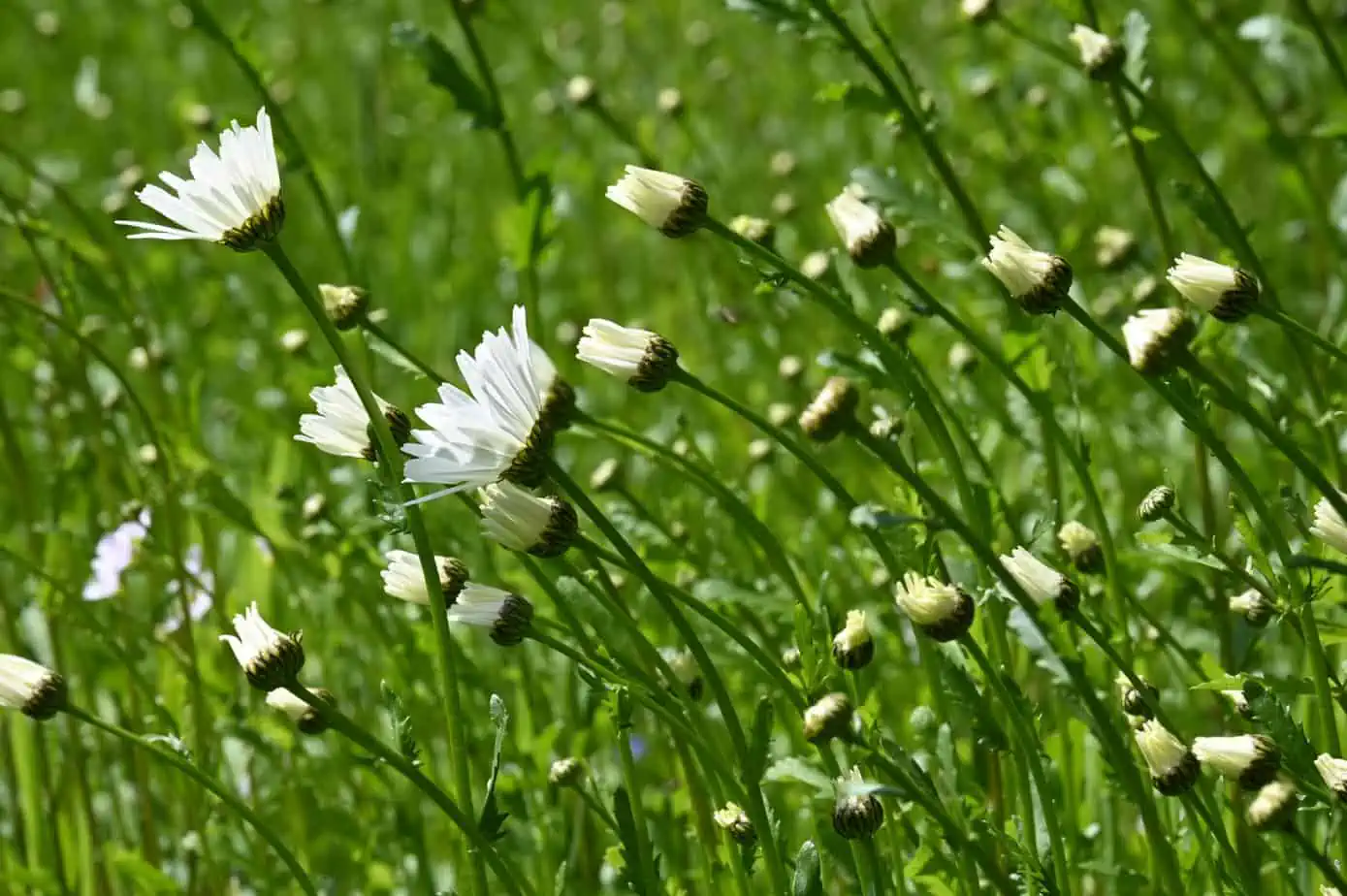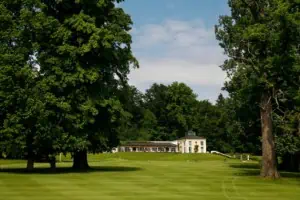LBV sees a lot of potential for biodiversity at the golf course
Nature conservation associations and golf course operators – 20 years ago, these groups were united by one thing above all: great scepticism. The times have changed. “When I stand in front of one of these flowering meadows, my heart swells,” says Elisabeth Wölfl. The head of the Upper Bavaria office of the Bavarian Society for the Protection of Birds (LBV) has seen many flowering meadows on golf courses in Bavaria over the past two years. In Bavaria – unique in Germany – intensive cooperation between the Environmental Association and the Bavarian Golf Association has been established. As part of the Blühpakt Bayern (Bavarian Flowering Pact), which the BGV has concluded with the Bavarian Ministry of the Environment, the LBV visits, assesses and advises all participating golf courses throughout. It’s about promoting biodiversity on golf courses. For Wölfl, it’s clear that golf courses have a lot of potential for increasing biodiversity.
An external view of the projects
“I was astonished,” recalls Elisabeth Wölfl of her first trip to a golf course. It was the GC Schloß Maxlrain, which she came to appreciate as a “park facility in the sense of a landscape park.” I thought the people in charge here “really want to do something for nature, and you also care about it intensively.”
The involvement of the environmental association as a consultant means help for the golf courses through external expertise. At the same time, however, experts also take a critical look at the stock here. The procedure is thorough. Even before the visit, Wölfl looks at digital maps, for example, and gets an initial picture of biotopes and protected areas. An overview map with all the holes will be created, so the checklist can be worked through on-site, recording essential topics of the bloom pact.
Meadow areas are the big plus
“Mulching is not an option at all,” Wölfl explains in the golf clubs’ direction. In the case of hard rough and meadows, the cuttings must be removed, ideally even mowed with a scythe or a bar mower. “Of course, we have to see what is feasible regarding care,” she qualifies. After numerous encounters with greenkeepers, whose good training also surprised her, she is aware of issues such as staff shortages.
But the meadow areas, she reiterates, are the big plus of golf courses when discussing biodiversity. “Beautiful flowering meadows; where else can we find them?” When reseeding such areas, she strongly advises the use of regional seed. It should always be remembered that the diversity of plants means a significant multiplication of insects. “We assume 400 to 500 different insects for 40 to 50 plants”.
Other projects are somewhat more accessible and often less expensive to implement. “Leaving broken branches lying as deadwood, leaving forest edges standing as a good transition to the fairway” doesn’t cost money, he said. Simple projects, according to LBV’s experience, do not require expert knowledge and, at the same time, mean an improvement in habitat for plants and animals.
Create shallow water zones
As for the ponds, by the way, Wölfl strongly advises against putting fish in them. The water quality suffers significantly. Instead, she said, golf courses, whether the pond is integrated into the game or not, connect areas that function as biotopes while not interfering with play. Shallow water zones, for example, are very quickly colonized by a wide variety of insects and amphibians.
The cooperation with the Golf Association will enter its third year in 2023. At the LBV, the various consultants have now learned as much about golf courses as the golf course operators have learned about their sites’ opportunities for promoting biodiversity. For Elisabeth Wölfl, there is no end in sight to the measures. “There are still a lot of areas that could be removed from the maintenance or made more natural,” she concludes. “The ideal case for me would be 50 to 60 % compensatory land.”








